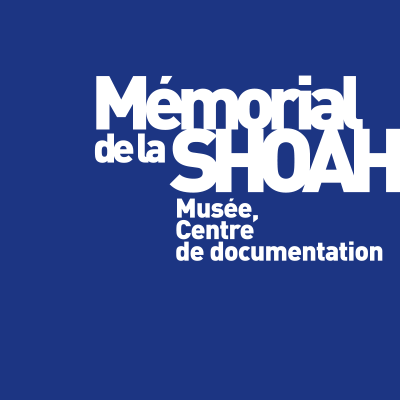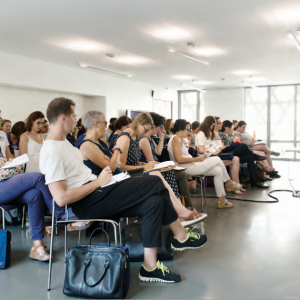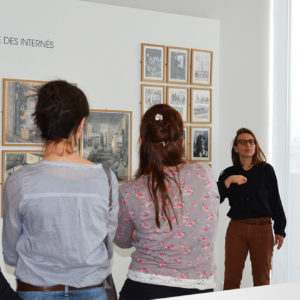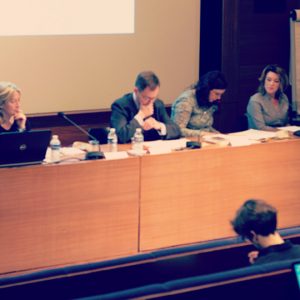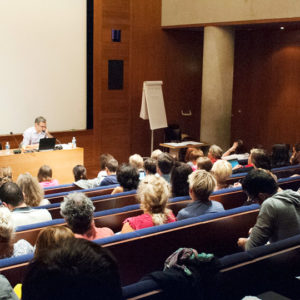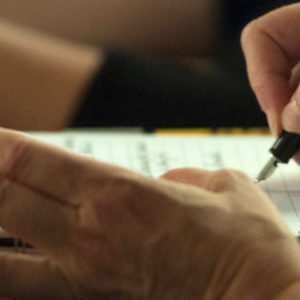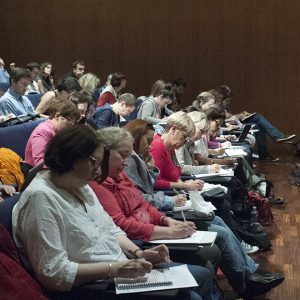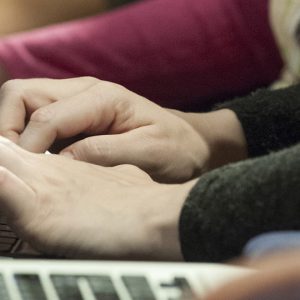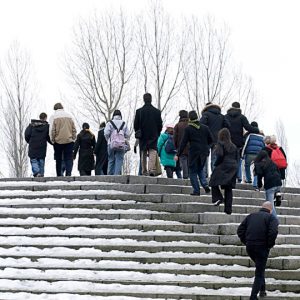-
-
THE MEMORIAL
- News
- Access, schedules and practical information
- Who are we?
- Permanent exhibition
- The spaces of the museum-memorial
- The Shoah Memorial of Drancy
- The Shoah Memorial in France
- The International Memorial
- The European EHRI project
- Voyages de Mémoire
- Moral report of the institution
- The hosted associations
- The Shoah Memorial is recruiting
- Make a donation
- Organize a film shoot
- Receive the newsletter
- News
-
Events and exhibitions
- Commemorations
- Temporary exhibition
- Concerts and Shows
- Meetings
- Projections
- The Appointments of Drancy
- Vivid memories
- 80 years of films on the Shoah
- Around January 27
- Around the exhibition «Simone Veil. My sisters and I»
- Around the exhibition "Shoah" by Claude Lanzmann, the unpublished recordings
- International Women’s Day
- Week of education and actions against racism, antisemitism, and anti-LGBT+ hate
- WORKSHOPS
- GUIDED TOURS
- OUTSIDE THE WALLS
- Rent a traveling exhibition
- Commemorations
-
Pedagogy and training
-
Archives and documentation
